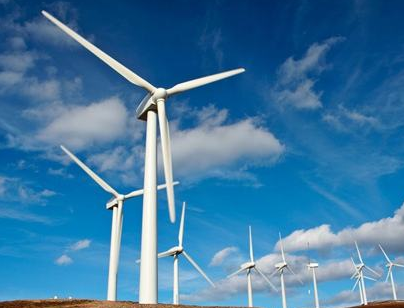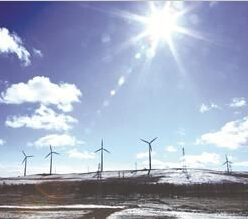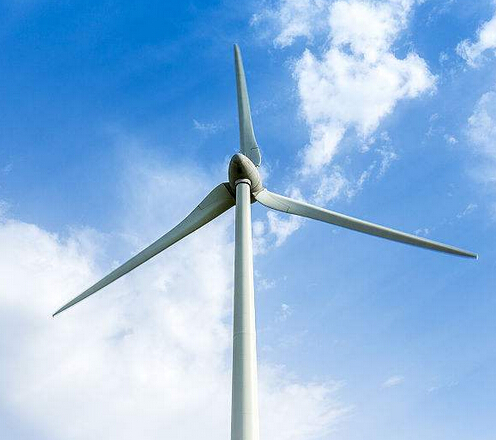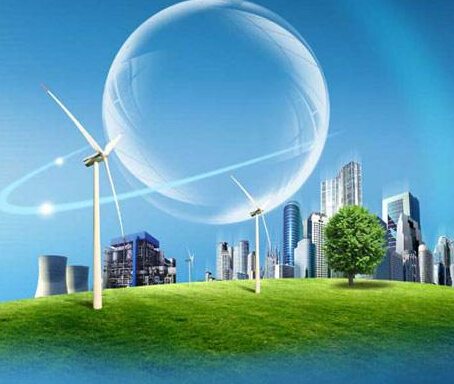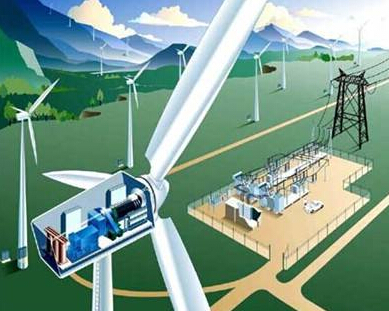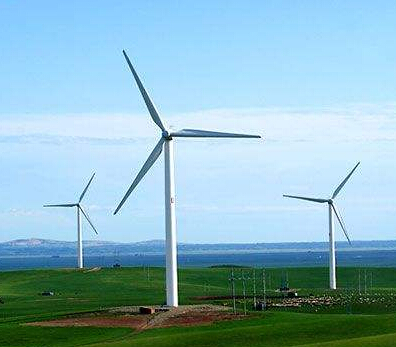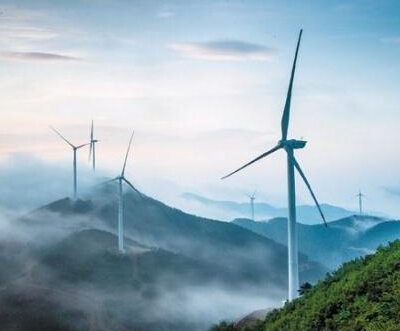Where is the market and where is the focus of China's wind power industry? It can be foreseen that as the wind power benchmark on-grid tariff is gradually lowered, future wind power operators will invest more effort to improve the efficiency of wind farms. The new energy technology revolution, marked by the wind energy industry, is making China's energy supply revolution infinitely closer to the center of the energy revolution.
While the spring breeze is blowing, the vision to light up the 10,000 lights is also shining into reality. In the past five years, regardless of whether it is a new market or a cumulative number of applications, the ever-increasing scale of market application of Chinese wind power has always ranked first in the world. With the rise of wind power as the main body, the difficulties in grid-connected consumption are being solved. In 2018, the overall industrial chain of wind power is expected to stabilize.
In recent years, clean energy alternatives have gained more and more attention and face a more friendly and sustainable external environment. According to the “Thirteenth Five-Year Plan” for wind power development, by the end of 2020, the annual power generation of wind power should be guaranteed to reach 420 billion kilowatt-hours, which accounts for about 6% of the total electricity generated in the country. Immediately after the National Energy Administration issued the “Relevant Requirements for Accelerating the Construction of Decentralized Access Wind Power Projects” issued in mid-2017, it was proposed that decentralized access to wind power projects would not be subject to the requirements of the annual guidance scale, and be considered as decentralized wind power. The key sign into the fast lane.
The “2018 Energy Work Guidance Guidance Notice” published in March further pointed out the direction for the development of wind power: focus on solving the problem of clean energy consumption, giving priority to the development of decentralized wind power. From the demand side, the focus of wind power development in China is gradually shifting to central and eastern China. Decentralized wind power is the new main force. With the characteristics of near-load consumption and short construction period, the decentralized model will continue to spread as the core of wind power growth in central China. It is expected that the relevant rules for the subsequent decentralized wind power development will be introduced as soon as possible.

The continuous improvement of wind curtailment and power curtailment is also one of the important indicators to promote the development of the industry. According to the “2018 Annual Notice on Wind Power Investment Detection and Early Warning Results” issued by the National Energy Administration, the “red six provinces” have been reduced to the “red three provinces,” as the rate of wind curtailment in Inner Mongolia, Heilongjiang and Ningxia has dropped to 20%. Relieve wind power red alert, Ningxia wind power construction is a comprehensive lifting of the ban. The industry believes that this move is essentially to expand wind power production capacity, especially the scale of centralized wind farm construction. As of the end of 2017, the three provinces have not approved a total scale of 8 GW, and it is expected that the provinces of Heilongjiang, Inner Mongolia and Ningxia will contribute a larger increase this year.
What is more important is to bring about improvements in the profitability of the stockpile power stations and thus increase the investment power of wind power. On the basis of drastically improving the decline in installed capacity of wind power, the “Red Three Provinces” will continue to be open as the wind is further dispelled. Supported by favorable policies and supportive measures, and favorable factors such as improved wind curtailment, the newly installed capacity of wind power will be further opened. It is at a critical period for wind power construction to “fly south”, and the installed rhythm in the eastern and eastern regions tends to be normalized. The industry installed capacity is good.
The industry forecast indicates that the installed capacity of the wind power industry has reached its peak in 2017, and the 2018 will show a bottoming-out rebound. In particular, decentralized wind power is expected to usher in development opportunities. In the context of the improvement of the wind power situation, wind power has ushered in a new round of favorable conditions in recent days. Wind statistics show that in more than 30 wind power listed companies, the news rate has continued to rise. However, what can be foreseen is that whether it is the repeated decline or decline of the wind, or the slowdown in growth, from small to large and from large to strong, it will become the topic of the sustainable development of wind power.
Under the strategy of deepening the transformation of energy supply, clean energy will face more challenges in the future, and wind power will undoubtedly release more positive energy in this round of energy transition. As technological progress drives the increasing cost competitiveness of wind power, the wind power industry will continue to flourish in the coming years.
















 RCCN WeChat QrCode
RCCN WeChat QrCode Mobile WebSite
Mobile WebSite